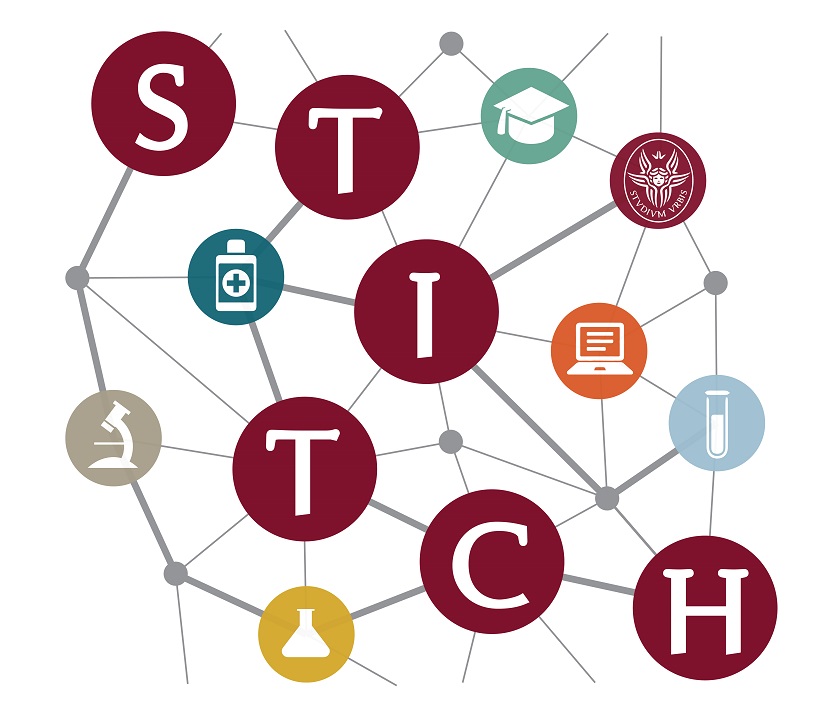Webinar
An innovative wearable system for home sleep apnea screening and monitoring
We offer a wearable, non-invasive system for screening respiratory sleep disorders directly in a domestic environment. This group of diseases is characterized by the presence of many nocturnal episodes of apnea and/ or hypopnea, of central or obstructive origin, which inevitably fragment sleep. These are disabling diseases: the key symptom is diurnal hypersomnolence that interferes with the daily life of the patient. The gold standard for diagnosis is polysomnography, a test not readily and easily available that consists in monitoring sleep and cardiopulmonary activity through numerous sensors equipped with wired electrodes, scattered over the body, in a sleep laboratory. For these reasons, only a small percentage of patients gets a diagnosis and is clinically followed. The wearable system proposed here (Morfea) is a board of a few square centimeters, weighing a few grams, which integrates sensors of various types, computing units, wireless data transmission and also includes a battery. The board is comfortably placed on the nose, captures data throughout the night and transmits to a PC for offline processing. Threshold algorithms have been developed ad-hoc, exploiting the fusion of photoplethysmographic and inertial signals, thanks to which Morfea detects apnea episodes, it records their times of beginning and end, discriminates between obstructive and central type and recognizes the position of the body during sleep. Validation tests of the method were carried out on subjects admitted to the Department of Public Health and Infectious Diseases of the Policlinico Umberto I, as part of a scientific collaboration with the Department of Information Engineering, Electronics and Telecommunications and STMicroelectronics Agrate. On a sample of over 500 apnea episodes, Morfea exhibited detection sensitivity and accuracy of about 90%, proving itself as a potentially significant help for screening sleep breathing disorders. The correct classification of the type of apnea has been tested and verified in all the episodes investigated, for now only on healthy subjects
Coordina
Fernanda Irrera, Dipartimento di Ingegneria dell’Informazione, Elettronica e Telecomunicazioni
Interventi
Daniela Pellegrino, Dipartimento di Sanità pubblica e malattie infettive
Obstructive sleep apnea and other sleep-related breathing disorders
The event will begin with a general survey on sleep-related breathing disorders, focused on obstructive sleep apnea that is one of the most common chronic respiratory disorders in adults, after asthma and chronic obstructive pulmonary disease (COPD). Untreated obstructive sleep apnea has dangerous health effects: excessive daytime sleepiness is the pivotal symptom, and it is responsible for worse quality of life and increased risk for motor vehicle crashes. Moreover, obstructive apnea is also considered an independent risk factor for cardiovascular diseases. Polysomnography performed in an attended laboratory setting is the gold standard for diagnosis of sleep disorders, which has some limitations: in addition to the high cost and limited availability, the patient may feel discomfort related to the monitoring equipment. We projected a new small wearable device able to screen sleep breathing disorders.
Alessandro Manoni, Dipartimento di Ingegneria dell’informazione, elettronica e telecomunicazioni
An overview on Morfea’s structure, working principle and preliminary results
After a clinical introduction, we will give an overview of the Morfea project, describing which sensors the device embeds, which have been used and why. A brief description of the photoplethysmography signal and the reasons why it is used for apneas will follow, along with the various locations tested for its acquisitions and the key role of the position that has been chosen in the end. We will then enter in the core of the recognition algorithm, with a detailed description of the signal pre-processing, filtering and the detection process itself. We will finally detail how we think the fusion of photoplethysmography and inertial sensors (IMUs) can lead to apnea type classification, without the need of SPO2.
Mercoledì 2 dicembre 2020, ore 15.00 -17.00
Per partecipare occorre collegarsi tramite Google Meet al link meet.google.com/tyt-rsmc-eni


